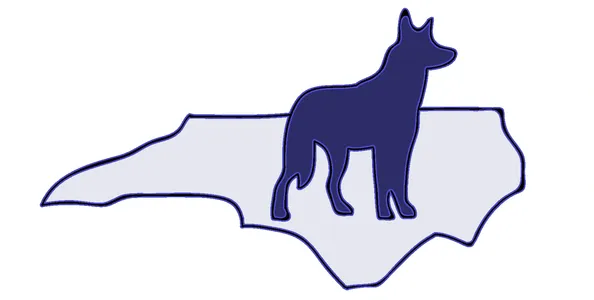“For many who are new to competition obedience training, the only exposure to obedience will have been what was presented in their basic pet training school. That normally consists of a very traditional negative reinforcement and positive punishment process of teaching obedience exercises.”
Read the rest of this article (with downloadable .pdf from the article) as published in the Dog Show special edition issue of Creature Companion magazine.
